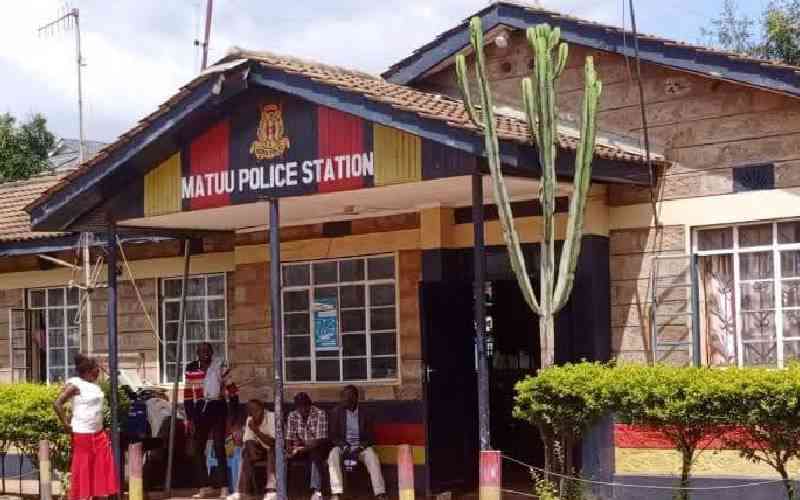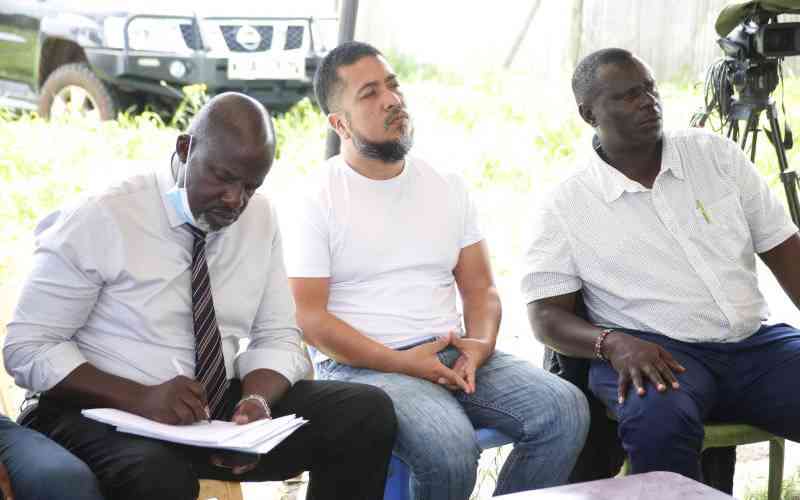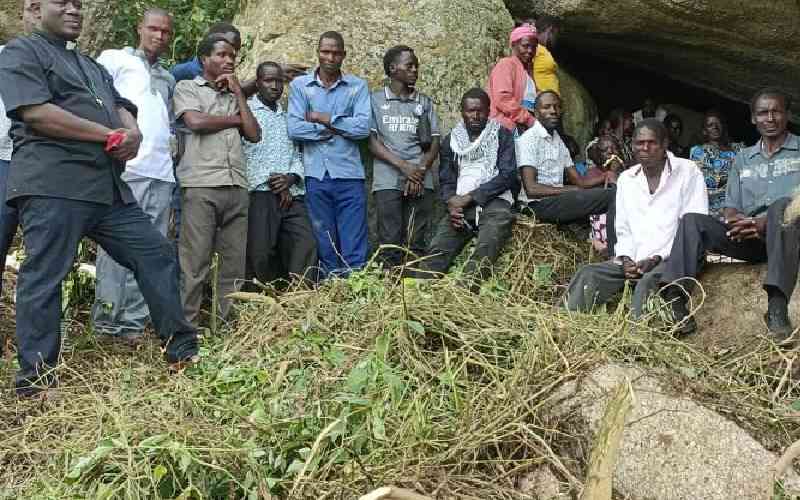By Joe Ombuor
As the Government dithers and waffles over the fate of the besieged water towers, one of the country’s landmarks — the 26km Yatta furrow has run dry.
More shocking is that Thika River from which the furrow, built with Mau Mau labour in 1955 draws its water is down to a trickle. Residents say they have never seen such a spectacle before.
As a result, thousands of Yatta residents who relied on the furrow for irrigation and domestic use peer into a hopeless future as their crops wither and watering their animals becomes a nightmare punctuated with long treks to the Athi and Tana rivers that still have some water.
Both the Thika and Chania rivers rise from the Aberdare range, which saw lots of destruction before it was fenced off to stop further human encroachment.
Also rising from the Aberdares are the Gilgil and Malewa rivers that feed the spectacular lake Naivasha, famed the highest of the Great Rift Valley lakes.
Now that the two rivers have shrunk mainly due to human activities upstream and at the source, the lake that is the lifeline for a thriving flower industry around Naivasha is under threat. Reports have it that the industry that is a major foreign exchange earner and a source of employment for thousands could collapse altogether if suffocation of the rivers continues.
Bird sanctuary
The tourist hotels that flourish on the lake’s beauty are endangered by the falling water levels that could spell doom for the large bird population that attracts watchers from all over the world.
But it is in Lake Nakuru, a bird sanctuary touted as the greatest ornithological spectacle on earth, that the wanton destruction of water towers is most pronounced following the drying up of the Njoro river that flow from the Mau forest.
A direct repercussion of the destruction on the lake and Nakuru National Park is the recent relocation of white rhinos to Nairobi national park, 200km away.
With the impending demise of this lake in the wake Mau destruction, the millions of flamingos known to turn the lake pink will soon be something of the past.
To the north of Lake Nakuru, are lakes Baringo and Bogoria also fed by rivers from the Mau that have since ceased to flow with dire consequences on the lake’s survival. For, without lake Baringo, the Njemp, the only pastoral people who also fish are much the poorer.
The badly stifled Mau also gives rise to the Mara River that is the heart and soul of the world famous Masai Mara National Reserve and the Serengeti in neighbouring Tanzania, both critically affected by the dropping water levels directly linked to the destruction of the water tower.
The reducing waters of the Mara do not only spell doom for the tourist industry that is a major foreign exchange earner, but carries with it security implications of great magnitude.
Stay informed. Subscribe to our newsletter
Already, the Maasai are threatening to take the law into their hands and march into the forest to evict squatters if the Government continues dilly-dallying over the issue, a threat that reeks with bloodshed.
Clashed over water
Remember Enoosupukia and the hundreds of lives that were lost? or Maai Mahiu where pastoralist Maasai and Kikuyu clashed over water. Clashes to save the Mara, if they happen, would be many times as deadly.
And as we destroy the Mau and other water towers, reduced water volumes have adversely affected the country’s capacity to generate electricity with the result that we have to pay more for power. The recently launched multi-billion shilling Sondu Miriu Hydroelectric project could be but a white elephant if destruction on the Mau continues.
 The Standard Group Plc is a
multi-media organization with investments in media platforms spanning newspaper
print operations, television, radio broadcasting, digital and online services. The
Standard Group is recognized as a leading multi-media house in Kenya with a key
influence in matters of national and international interest.
The Standard Group Plc is a
multi-media organization with investments in media platforms spanning newspaper
print operations, television, radio broadcasting, digital and online services. The
Standard Group is recognized as a leading multi-media house in Kenya with a key
influence in matters of national and international interest.
 The Standard Group Plc is a
multi-media organization with investments in media platforms spanning newspaper
print operations, television, radio broadcasting, digital and online services. The
Standard Group is recognized as a leading multi-media house in Kenya with a key
influence in matters of national and international interest.
The Standard Group Plc is a
multi-media organization with investments in media platforms spanning newspaper
print operations, television, radio broadcasting, digital and online services. The
Standard Group is recognized as a leading multi-media house in Kenya with a key
influence in matters of national and international interest.









